What are the three most widely used disinfectants in wastewater treatment?
Wastewater treatment plays a vital role in modern society, not only protecting the environment, but also supporting the sustainable development of industry and cities. In wastewater treatment, disinfection is an indispensable step to remove pathogens and harmful microorganisms from water, thereby preventing pollution and the spread of disease.
The three commonly used disinfectants are chlorine, ozone, and ultraviolet (UV). Each disinfectant has its own unique application scenario and effect in wastewater treatment, and they can often be combined with other water treatment systems to improve the treatment effect.
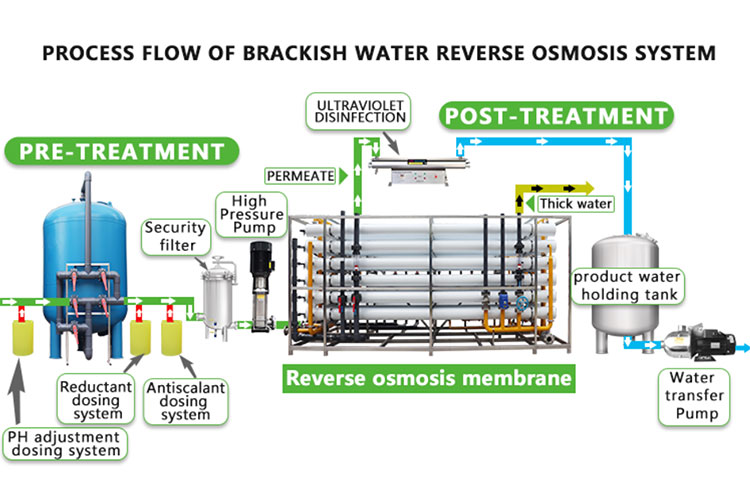
Chlorine Disinfectant
Chlorine is a commonly used disinfectant that is widely used in drinking water and wastewater treatment. Chlorine effectively kills pathogens by oxidizing the cell walls and proteins of microorganisms and destroying their DNA. The application of chlorine is very flexible and can be used in centralized water treatment plants or in small wastewater treatment systems.
During the wastewater treatment process, chlorine is usually added to the water in gaseous or liquid form. Liquid chlorine exists in the form of sodium hypochlorite (NaClO) or calcium hypochlorite (Ca(ClO)_2), and gaseous chlorine is usually added directly to the water through a chlorine tank or chlorinator. Chlorine reacts with water to form hypochlorous acid (HOCl), which decomposes to produce hypochlorite ions (OCl^-), which work together to disinfect.
A significant advantage of chlorine is that it can remain in water for a long time and provide a continuous disinfection effect. Therefore, chlorine can ensure that there are no active pathogens in the wastewater before it enters natural water bodies.
Combination of chlorine with water treatment systems:
It is very common to combine chlorine with other water treatment systems. Usually, chlorine is used for final disinfection after biological treatment of wastewater. It can be used in combination with pre-treatment steps such as flocculants and precipitants to ensure the best disinfection effect. However, chlorine disinfection also has its disadvantages, such as the possible production of by-products such as chloroform, which may be harmful to the environment and human health. Therefore, strict monitoring and control are required when using chlorine for disinfection.
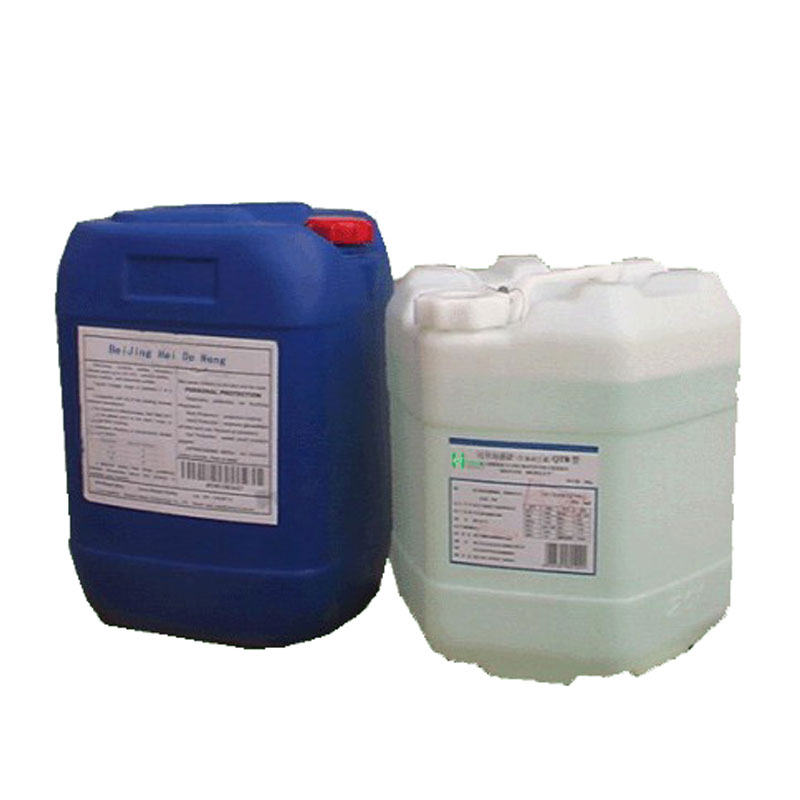
Ozone disinfectant
Ozone (O_3) is a strong oxidant with extremely high disinfection ability. Unlike chlorine, ozone does not form harmful byproducts in water. Ozone quickly kills pathogens by destroying the cell membranes and nucleic acids of microorganisms. It can effectively remove a variety of microorganisms such as viruses, bacteria and protozoa, and even has a significant effect on some pathogens that chlorine cannot kill.
Ozone disinfection usually converts oxygen into ozone in a special ozone generator, and then introduces ozone into wastewater. Ozone dissolves in water and exerts its oxidizing effect. After disinfection, ozone quickly decomposes into oxygen and does not leave any harmful residues in the water. This makes ozone an environmentally friendly and efficient disinfection option.
Due to the extremely fast reaction speed of ozone, ozone disinfection is generally arranged after other treatment steps in wastewater treatment systems as the last disinfection process. This method ensures that organic matter and suspended solids in the wastewater are removed as much as possible, reducing ozone consumption and improving disinfection efficiency.
Ozone and water treatment system combination:
Ozone disinfection is often combined with advanced oxidation technology (such as ozone/ultraviolet light) to further enhance the disinfection effect. This combination method is particularly suitable for treating highly polluted wastewater or occasions where extremely high disinfection standards are required. In addition, ozone is often used in combination with activated carbon filtration to remove ozone byproducts and organic pollutants in water. Due to the strong oxidizing property of ozone, this combination system can ensure efficient and safe wastewater treatment.
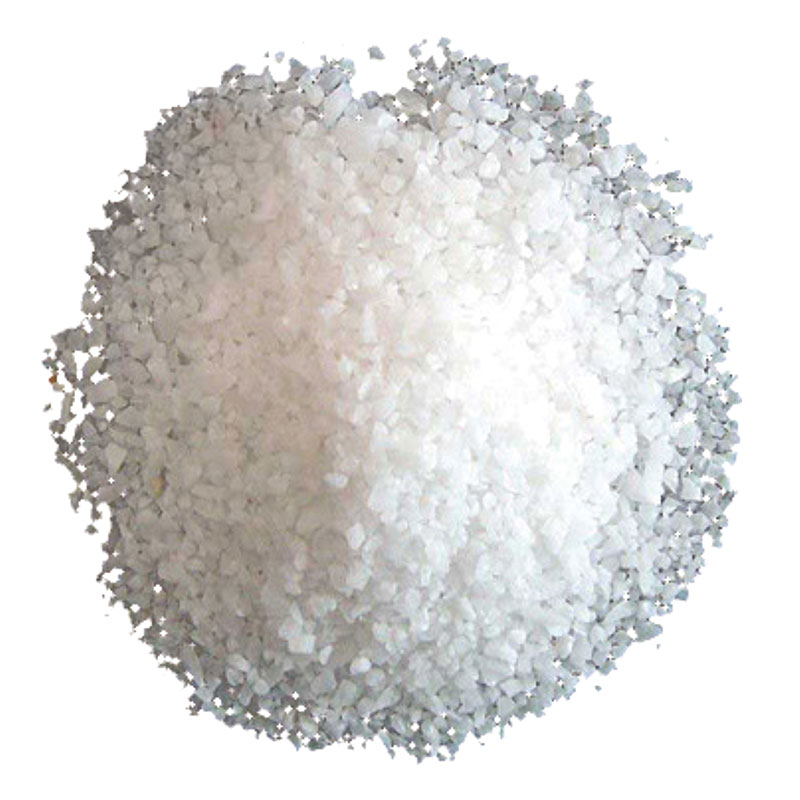
Ultraviolet disinfectant
Ultraviolet (UV) disinfection is a physical disinfection method that destroys the DNA and RNA structure of microorganisms through ultraviolet radiation of a specific wavelength, inhibiting their reproduction and infection ability. Ultraviolet disinfection does not require chemical additives, so it does not produce chemical residues or byproducts in the water. It is a clean disinfection method.
Ultraviolet disinfection systems usually consist of a series of ultraviolet lamps and reactors. When wastewater flows through these lamps, ultraviolet rays directly irradiate microorganisms in the water. A notable feature of ultraviolet disinfection systems is that the disinfection process is fast and efficient, and it is easy to operate. Since ultraviolet rays will not remain in the water, the treated wastewater can be discharged directly, which is suitable for occasions where immediate disinfection is required.
However, the effect of UV disinfection is easily affected by suspended matter and turbidity in the water. Therefore, before the wastewater enters the UV disinfection system, filtration and sedimentation treatment are usually required to ensure that the UV can fully penetrate the water body.
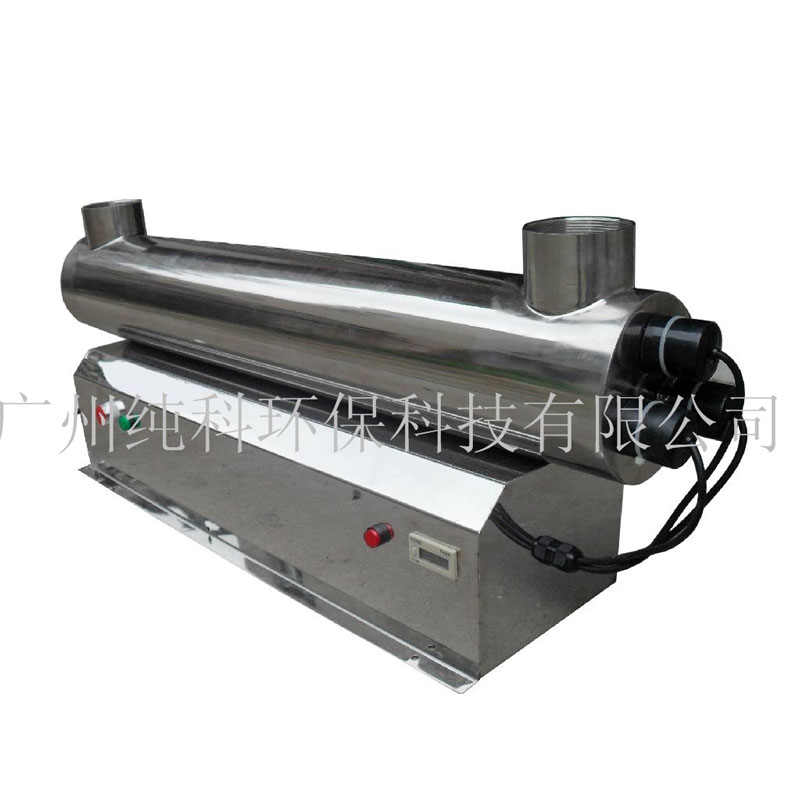
Combination of UV and water treatment system:
UV disinfection is often used in combination with other physical or chemical treatment steps. For example, UV can be used in conjunction with pre-treatment filters and sedimentation tanks to remove suspended particles and organic matter in the water, reduce water turbidity, and enhance the penetration effect of UV. In addition, UV disinfection can also be used in conjunction with ozone or chlorine as a dual disinfection method to further improve the safety and reliability of wastewater treatment.
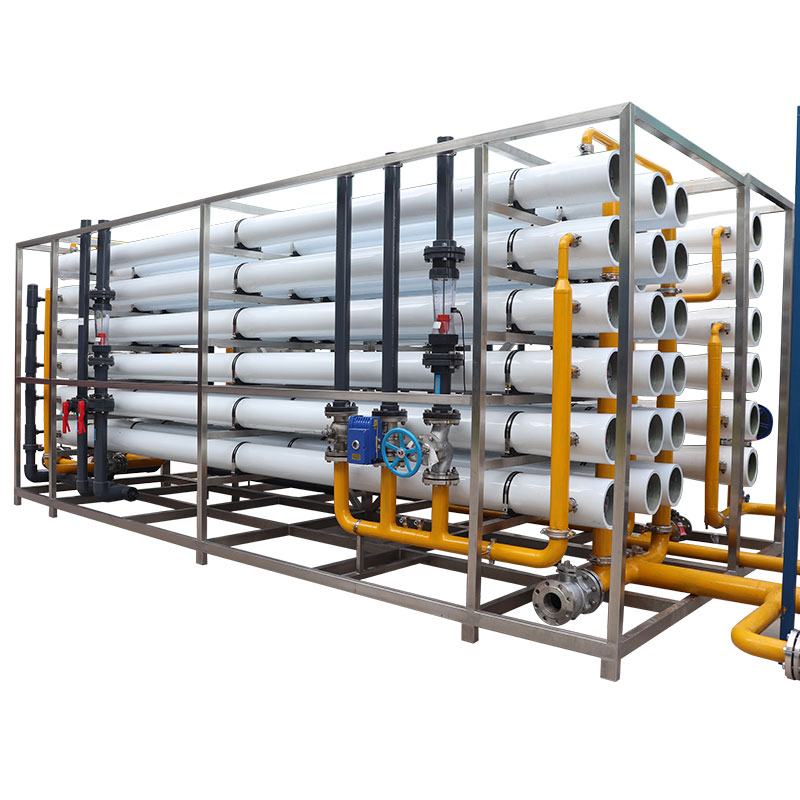
Conclusion
The three most widely used disinfectants in wastewater treatment - chlorine, ozone and UV, each have different characteristics and advantages. Chlorine is widely used in wastewater treatment systems of all sizes due to its economy and long-term effectiveness; ozone is used in high-standard water treatment occasions due to its strong oxidizing and environmentally friendly characteristics; UV is suitable for immediate disinfection needs due to its advantage of no chemical residue.
These disinfectants can not only work independently, but can also be flexibly used with other water treatment systems to achieve more efficient and reliable wastewater treatment effects. Whether it is to eliminate pathogens in water or to meet the water quality requirements of different application scenarios, choosing the right disinfectant and combination is the key to ensuring wastewater treatment effectiveness and environmental safety.






